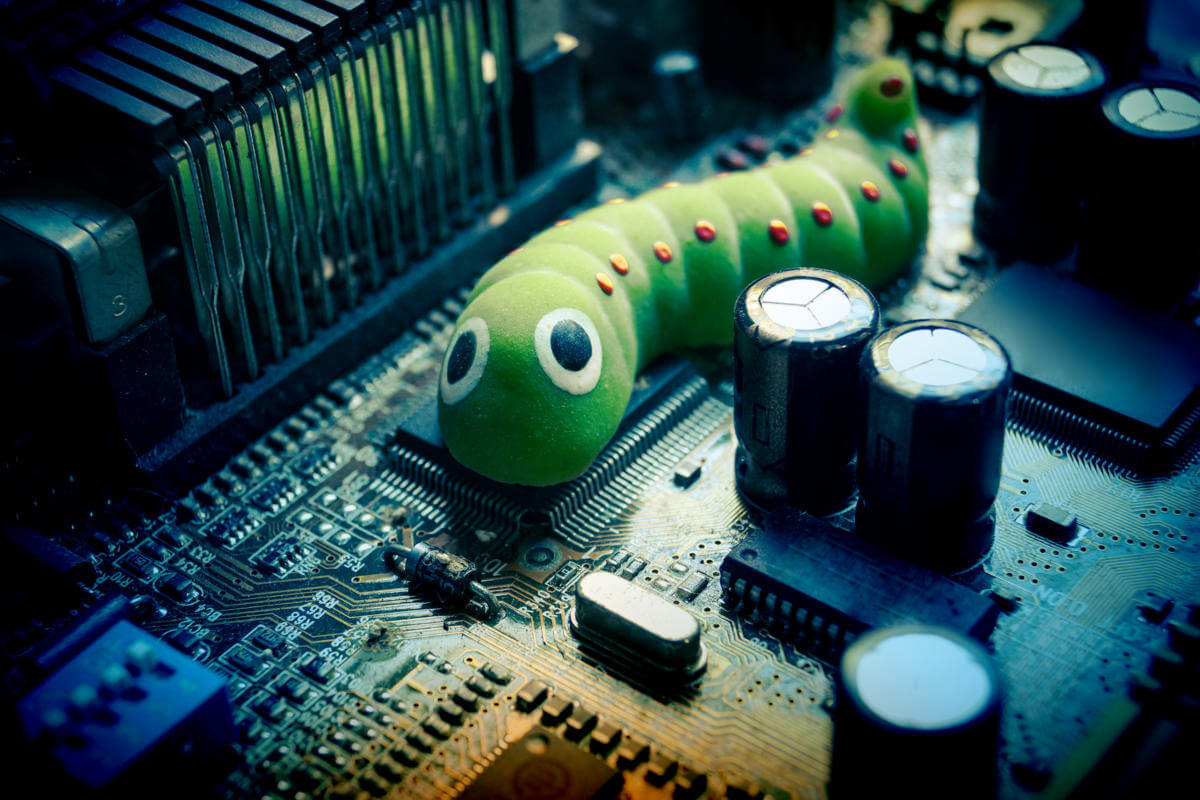Hey Readers! Welcome to Trendphobia, where we delve into the ever-evolving world of computer viruses and their impact on technology. In the digital age, viruses have acquired a new significance as malicious software that instills fear and wreaks havoc on computer systems, networks, and data security. Our objective is to provide in-depth insights by shedding light on different types of viruses, while helping you navigate the technological landscape with confidence. Join us on this enlightening journey as we explore the trends, challenges, and strategies to combat virus-related trendphobia, ultimately paving the way for a safer digital future.
Worms Virus

Computer worms are self-replicating programs that spread across computer networks without user intervention. They exploit vulnerabilities to infect other systems, causing network congestion and system slowdown. Notable worms include the Morris worm, SQL Slammer, and Conficker, which have caused widespread damage and disruption.
Trojans Virus

Trojan horses, or Trojans, are deceptive programs that masquerade as legitimate software but contain hidden malicious code. They trick users into executing them, allowing unauthorized access to the system. Trojans can steal sensitive information, create backdoors for attackers, or launch other malware. Examples include Zeus, SpyEye, and Backoff.
Also read Beyond Reality: Unveiling the Unbounded Future of Virtual Gaming
Ransomware virus

Ransomware has become a significant threat, encrypting victims’ files or locking them out of their systems until a ransom is paid. It targets individuals, businesses, and even critical infrastructure. Noteworthy ransomware strains include WannaCry, Petya/NotPetya, and Ryuk, which have caused extensive financial losses and disrupted operations worldwide.
Viruses

Computer viruses are malicious programs that attach themselves to legitimate files or programs, spreading when executed. They can cause data corruption, system instability, and unauthorized access. Famous viruses include the Melissa virus, ILOVEYOU, and Code Red, which have infected countless systems and caused significant damage.
You can also read JioTag: Revolutionizing Tracking and Connectivity
Spyware

Spyware secretly gathers information about a user’s activities without their knowledge or consent. It can monitor web browsing habits, collect personal data, and transmit it to unauthorized parties. Spyware strains like FinFisher, CoolWebSearch, and Zbot have compromised privacy and security on numerous devices.

In the face of advancing technology and the growing threat of computer viruses, it is crucial to combat trendphobia by adopting a proactive approach. By staying informed about different types of malware, their characteristics, and potential risks, we can implement effective cybersecurity measures. Vigilance, robust security solutions, and safe computing practices are essential in defending against digital threats. For more in-depth insights, tips, and resources on combating trendphobia and securing your digital environment, visit our blogging website Trendphobia. Together, we can navigate the digital landscape with confidence and ensure a safer technological future.
Thanks for reading😊
You may also read
- Tackling E-Waste: The Urgent Need for Sustainable Solutions
- A Quantum Leap in Technology: The World’s First Functional 2D Microchip
- Driving into the Future: Unveiling the Era of Autonomous Vehicles
- Ensuring a Secure Future: Exploring IoT Security
- Empowering Change: The Journey of Renewable Energy and Sustainability

[…] Also read Digital Viruses: Types and Impact of virus on Technology […]
[…] Digital Viruses: Types and Impact of virus on Technology […]